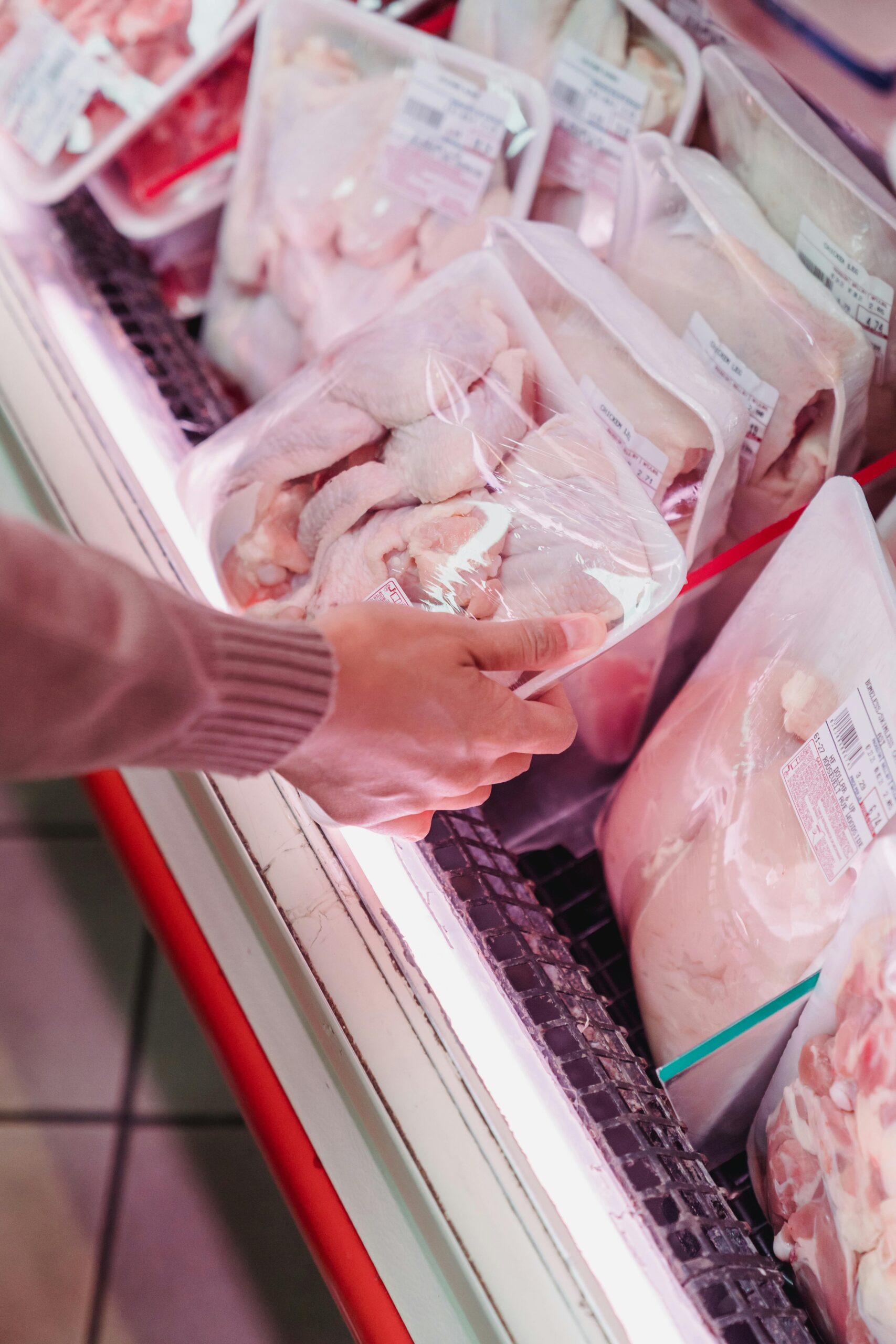Defrosting chicken quickly is a common challenge for home cooks and busy individuals alike. Whether you’re preparing a last-minute dinner or forgot to take the chicken out of the freezer, knowing how to defrost chicken fast can save the day. This guide will provide practical, safe, and effective methods to ensure your chicken is ready to cook without compromising quality or safety.
Effective Techniques for Defrosting Chicken Quickly
Understanding the various methods available for defrosting chicken can help you choose the best approach for your needs. Each method has its own benefits and time requirements, allowing you to select the one that fits your schedule and preferences.
Using Cold Water: A Step-by-Step Guide
One of the fastest and safest methods to defrost chicken is using cold water. This method is suitable for both chicken pieces and whole chickens, ensuring even thawing without partially cooking the meat.
Step-by-Step Instructions
- Place the chicken in a leak-proof plastic bag to prevent water from seeping in and contaminating the meat.
- Submerge the bag in a large bowl or sink filled with cold water.
- Change the water every 30 minutes to maintain a consistent cold temperature.
- Allow about 30 minutes per pound for chicken pieces and up to two hours for a whole chicken.
The Hot Water Method: Pros and Cons
The hot water method is a controversial but fast technique for defrosting chicken. While it can be effective, it requires careful attention to safety to avoid bacterial growth.
Pros
- Quick defrosting time, often within 30 minutes.
- Minimal equipment needed.
Cons
- Increased risk of bacterial growth if not monitored carefully.
- Potential for uneven thawing.
To use this method safely, ensure the water is not too hot and monitor the chicken closely to prevent partial cooking.
Defrosting Chicken in the Microwave: Tips for Safety
Microwaving is the quickest method for defrosting chicken, but it requires careful handling to avoid cooking the chicken unevenly.
Safety Tips
- Use the defrost setting on your microwave for best results.
- Check the chicken regularly, rotating and flipping it to ensure even defrosting.
- Cook immediately after defrosting to prevent bacterial growth.
How to Use Ziptop Bags for Quick Thawing
Ziptop bags are an essential tool for quick thawing, especially when using the cold water method. They help protect the chicken from water and contaminants.
Instructions
- Ensure the bag is fully sealed to prevent leaks.
- Use a high-quality, durable bag to withstand prolonged submersion in water.
Thawing Chicken Pieces vs. Whole Chicken: What to Know
Thawing chicken pieces is generally faster than thawing a whole chicken due to the smaller size and increased surface area.
- Chicken pieces can typically be defrosted in 30 minutes to an hour using the cold water method.
- A whole chicken may take several hours, requiring more frequent water changes to maintain safety.
Troubleshooting Common Defrosting Issues
Despite best efforts, defrosting chicken can sometimes present challenges. Here are some troubleshooting tips for common issues:
- If the chicken begins to cook during defrosting, reduce the power level on the microwave or decrease water temperature.
- For uneven thawing, rearrange pieces or adjust the position of the chicken regularly.
Best Practices for Cooking Chicken After Thawing
Once your chicken is defrosted, it’s crucial to cook it properly to ensure safety and flavor.
- Cook chicken to an internal temperature of 165°F (74°C) to kill any bacteria.
- Use a meat thermometer to verify the temperature, especially when cooking whole chickens.
Safety Notes: Avoiding Bacterial Growth
Preventing bacterial growth is a critical aspect of defrosting chicken. Follow these safety notes to ensure your chicken remains safe to eat:
- Never defrost chicken at room temperature, as this promotes bacterial growth.
- Keep chicken below 40°F (4°C) during defrosting to minimize risk.
Budget-Friendly Tips for Storing Frozen Chicken
Proper storage of frozen chicken can extend its shelf life and reduce waste, saving you money in the long run.
- Use airtight packaging to prevent freezer burn.
- Label packages with the date of freezing to track freshness.
- Consider buying in bulk and portioning chicken into meal-sized packages before freezing.
Understanding the timelines for each defrosting method can help you plan your meal preparation effectively.
- Cold Water: 30 minutes per pound for pieces, up to two hours for whole chickens.
- Microwave: 5-10 minutes, depending on the microwave’s power and chicken size.
- Hot Water: Approximately 30 minutes, but requires close monitoring.
Hands-Off Methods: Defrosting Chicken Overnight
If time permits, defrosting chicken overnight in the refrigerator is a safe, hands-off method. This method preserves the texture and quality of the chicken, although it requires advance planning.
- Place chicken in a container to catch any drips and prevent cross-contamination.
- Allow 24 hours for every 5 pounds of chicken.
Food Network’s Recommended Techniques for Fast Thawing
The Food Network often suggests using a combination of methods for optimal results. For instance, starting with a cold water thaw and finishing in the microwave can balance speed with safety.
- Begin with the cold water method to gently thaw the exterior.
- Finish in the microwave to speed up the process while ensuring even thawing.

